
10 minute read
How are the SDGs relevant to museums?
In 2015, UNESCO produced a very useful Recommendation concerning the Protection and Promotion of Museums and Collections, their Diversity and their Role in Society.9
This highlighted the strong connections between museums and sustainable development:
Advertisement
9 https://unesdoc.unesco.org/ark:/48223/pf0000246331
“The protection and promotion of cultural and natural diversity are major challenges of the twenty-first century. In this respect, museums and collections constitute primary means by which tangible and intangible testimonies of nature and human cultures are safeguarded. Museums as spaces for cultural transmission, intercultural dialogue, learning, discussion and training, also play an important role in education (formal, informal, and lifelong learning), social cohesion and sustainable development.
Museums have great potential to raise public awareness of the value of cultural and natural heritage and of the responsibility of all citizens to contribute to their care and transmission. Museums also support economic development, notably through cultural and creative industries and tourism. This Recommendation draws the attention of Member States to the importance of the protection and promotion of museums and collections, so that they are partners in sustainable development through the preservation and protection of heritage, the protection and promotion of cultural diversity, the transmission of scientific knowledge, the development of educational policy, lifelong learning and social cohesion, and the development of the creative industries and the tourism economy.”
The International Council of Museums supports sustainability and sustainable development through its core principles, for example, that “Protection of culture and the natural world is a moral duty of individuals, communities and governments, regional and national... Since its foundation in 1946, ICOM has been at the forefront of the protection of cultural and natural heritage and is still at the cutting-edge of this great enterprise in a world which is dangerously unstable, and riven with economic, social, cultural, educational and health inequalities.”10
The International Council of Museum’s Code of Ethics outlines museums’ responsibilities and roles in society.11 While support for sustainability and sustainable development are not explicit in the Code, they are implied throughout, in that museums are collections-based institutions in the service of society. Increasingly, ICOM recognises the key roles that it and its members have to play in securing a sustainable future. In 2018, ICOM established a Working Group on Sustainability to help advance ICOM’s contributions to sustainability and sustainable development. ICOM noted “Museums offer an existing global infrastructure. They are uniquely placed to facilitate collective action by building networks, raising public awareness, and supporting research and knowledge creation. They can enhance sustainability and climate change education by working with and empowering communities to bring about change to ensure a habitable planet, social justice and equitable economic exchanges for the long term.”12
OECD/ICOM have expressed that “today museums play a crucial role in addressing contemporary societal issues, tracing and responding to the current developments and trends by tackling diverse and challenging areas such as globalisation, migration, polarisation, inequality, populism, gender equality, ageing societies, decolonisation, and climate change. They are platforms where restorative justice, intercultural and intergenerational dialogue, and cultural diplomacy principles can be applied.”13
10 http://icom.museum/wp-content/uploads/2018/06/ICOM_ STRATEGIC_PLAN_2016-2022_ENG.pdf 11 https://icom.museum/wp-content/uploads/2018/07/ICOM-codeEn-web.pdf 12 https://icom.museum/en/news/icom-establishes-new-workinggroup-on-sustainability/ 13 https://icom.museum/wp-content/uploads/2018/12/OECD-ICOMGUIDE-MUSEUMS-AND-CITIES.pdf, p.12
An example
museums and climate empowerment
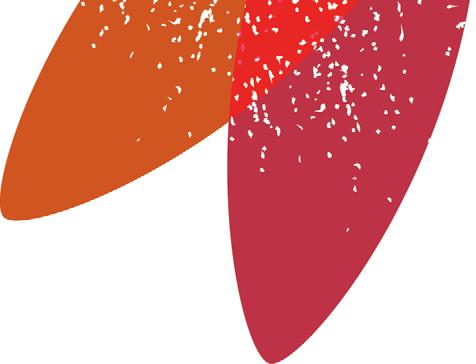
Civic engagement, education, research and public participation are already included in a wide range of big-picture agendas and initiatives. For example, education, training, public awareness, public participation, access to information and international co-operation are specifically mentioned in the United Nations Framework Convention on Climate Change (1992) and the Paris Agreement (2015).14 Urgent climate action is the focus of SDG 13, and climate change relates more or less explicitly to all 17 SDGs. Museums are specifically mentioned in the Workplan for the Paris Agreement (which was agreed by the countries that are signatories to the Agreement in 2018), acknowledging the important role that museums can play in “enhancing the implementation of education, training, public awareness, public participation and public access to information so as to enhance actions under the Paris Agreement”.15 Yet, most museums will be unaware of this, so opportunities for institutional, sectoral and public empowerment are not currently being maximised. We need to find mechanisms to connect policy aims with delivery on the ground, and mechanisms to share expertise, communicate successes, and amplify messages and actions that will secure a sustainable future. Connecting with the SDGs can help museums of all kinds to connect with and support sustainable development, and work in partnership with other sectors and with society. This Guide is intended to make it easy for them to do so.
14 https://unfccc.int/sites/default/files/action_for_climate_empowerment_guidelines.pdf, p.2–5. 15 https://unfccc.int/sites/default/files/resource/cp24_auv_L.3_edu.pdf
Why the SDGs need museums
The SDGs are a call to all sectors of society. They need museums’ involvement to succeed, as museums have unique resources and key roles to play.

1. Museums preserve cultural and natural
heritage in the form of collections and associated knowledge. These form the basis of a wide range of learning and research programmes that can support the SDGs, and the preservation of cultural and natural heritage beyond museums.
2. Museums reach very large numbers of people
for formal and informal learning, and already deliver many programmes that align with the SDGs. They foster many people’s interest in, concern for, and ability to address issues relating to the SDGs. Museums can play a crucial role in enhancing public education and participation with the SDGs.
3. Museums can support cultural participation.
Cultural participation helps ensure that all people of all abilities, and from all backgrounds, have the opportunity to participate fully in society. As museums provide services for people, they can contribute to many SDGs by ensuring that their services consider and are accessible to the full breadth of society. Museums can bring people together, from similar backgrounds and interests, and from different backgrounds and interests, promoting fair, tolerant and just societies.

4. Museums are trusted by large numbers of
people, and this trust can help further the SDG Agenda. Museums can support people to explore challenges relating to the SDGs, and to promote fair, tolerant and just societies. Trust enables us to go from the known to the unknown.
5. Museums can make a significant contribution
to local economies, notably in areas of poverty or where particular groups of people are marginalised, helping address social and economic inequalities.
6. Museums make a significant impact through
their operations and use of resources; they can make a direct contribution to the SDGs through their activities relating to personnel, finance and operations, enhancing positive impacts and steadily reducing negative impacts.
7. Museums can participate in, facilitate and
initiate cross-sectoral partnerships and play a leading role in pursuit of the SDGs. Museums enjoy a great deal of freedom, and can use this freedom to support positive interactions between different stakeholder groups and to address real-world challenges (both local and global). In many societies, arguably no sector is better placed or better able to do this, helping bridge the gap between policy/strategy and people’s individual lived experience, and providing opportunities for people to input into the development of policies and strategies that affect the lives of them and others.
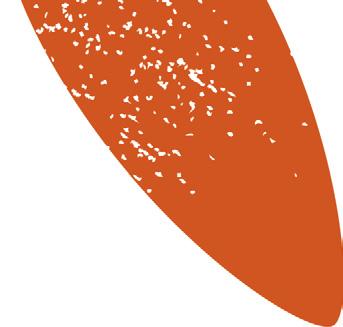
Why museums need the SDGs
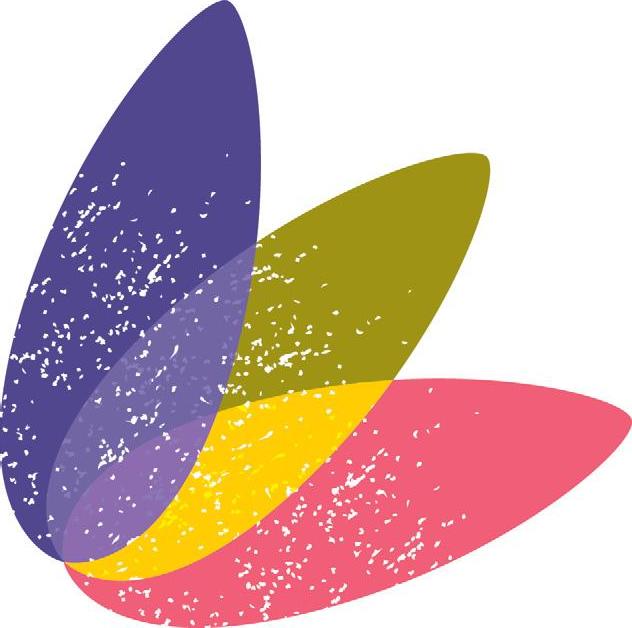
The SDGs are a global framework, with increasingly strong buy-in from a wide range of sectors, notably from funding agencies and governments. Museums can benefit from engaging with the SDGs. Connecting with the SDGs will help museums in the following ways:
1. Shape their programmes to provide people interested in social and environmental topics with educational and participatory activities.
Engaging with the SDGs will enable museums to support people who are interested in issues relating to the development of a fair, just and tolerant society, and a healthy and protected natural environment. Working with the SDGs in mind will help museums and the public connect with a global story of positive change, tailored and delivered to local circumstances, empowering people of all ages and abilities to contribute to this story of change.
2. Put their unique resources to good use in pursuit of positive social and environmental
outcomes. Museums are filled with amazing objects and collections that reflect the richness of culture and nature, and that can inspire reflection and develop understanding of the past, present and possible futures. Museums can make use of their unique resources, for example collections, collections-related information and knowledge, as a basis for a wide range of programmes in support of the SDGs. In doing so, these resources should be better understood, valued, developed and safeguarded, as well as contributing positively to the SDGs.
3. Play a significant and distinctive part in an
ambitious global agenda. The aims of the SDGs speak directly to some of the key features of museums, and present an unparalleled opportunity to participate in an agenda that will benefit people locally and globally, and help safeguard the natural environment. The SDGs are an invitation that museums can easily accept, and that museums will benefit from through their distinctive contribution, individually and collectively. 4. Build partnerships and collaborations. The SDG Agenda provides a common framework, language and Goals for interested parties (at all levels) to connect and work together on shared interests. This is especially important in connecting sectors that are not familiar with one another’s work or potential. This will give museums opportunities to form new collaborations with government, industry, academia and the community, and create public value from new forms of partnership. Equally, the framework can help identify common interests across different areas of museums, helping to drive cross-disciplinary partnerships, collaboration, and innovation in pursuit of the SDGs, and helping partners access and create funding opportunities.
5. Create and demonstrate impact. Engaging with the SDGs can help museums create impact by directing their activities to an external, realworld agenda in support of local and global wellbeing. The SDGs can help museums articulate and demonstrate the impact of their activities to a wide range of stakeholders, notably those in other sectors who are also using the SDGs as a framework. Playing their part in the SDGs will help museums to build upon and enhance public trust in them.
Culture and cultural institutions for the SDGs
A number of guides exist on the role of culture in the SDG Agenda. These include:
• ‘Culture for the 2030 Agenda’ (UNESCO 2018)16
• ‘ICOMOS Action Plan: Cultural Heritage and
Localizing the UN Sustainable Development Goals (SDGs)’ (ICOMOS, 2017)17
• ‘UNESCO moving forward the 2030 Agenda for Sustainable Development’ (UNESCO 2017)18
• ‘Culture in the Sustainable Development Goals (SDGs): A Guide for Local Action (United Cities and Local Governments, 2018)19
• ‘Sport and the Sustainable Development Goals: an overview outlining the contribution of sport to the SDGs’ (UN Office on Sport for Development and Peace, 2018)20
• ‘Tourism and the Sustainable Development Goals:
Journey to 2030’ (UN World Tourism Organisation, 2017)21
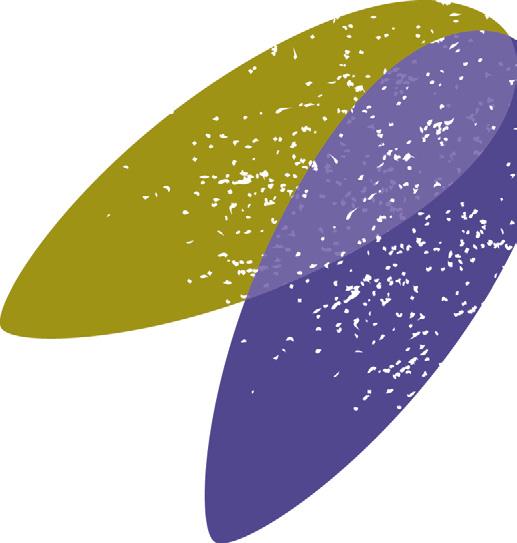
16 https://unesdoc.unesco.org/ark:/48223/pf0000264687 17 https://www.icomos.org/images/DOCUMENTS/ Secretariat/2017/ICOMOS_Action_Plan_Cult_Heritage_ and_Localizing_SDGs_20170721.pdf 18 https://en.unesco.org/creativity/sites/creativity/ files/247785en.pdf 19 https://www.uclg.org/en/media/news/culture-sustainabledevelopment-goals-sdgs-guide-local-action 20 https://www.un.org/sport/sites/www.un.org.sport/files/ ckfiles/files/Sport_for_SDGs_finalversion9.pdf 21 http://www2.unwto.org/publication/tourism-andsustainable-development-goals-journey-2030

How other sectors are using the SDGs
Guides exist for the implementations of the SDGs in a number of other sectors, but not specifically for museums. Some of these have strong resonance with the current Guide, and this will facilitate cross-sector working and partnership. These include:
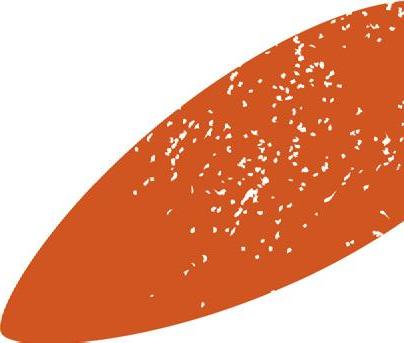
• ‘Getting started with the SDGs in Universities:
A guide for universities, higher education institutions, and the academic sector’ (SDSN
Australia/Pacific, 2017)22
• ‘The SDG Compass: A guide for business action on the SDGs’ (Global Reporting
Institute, United Nations Global Compact & World Business Council for Sustainable
Development, 2015)23
• ‘Getting started with the SDGs in Cities:
A guide for stakeholders’ (Kanuri et al., SDSN, 2016)24
• ‘Getting started with the SDGs: A guide for stakeholders’ (SDSN, 2015)25 Among these, the first named has a particularly strong relevance to museums, and this Guide has used some of the same basic structure, as museums and universities have a great deal in common as knowledge-based institutions, many museums are associated with universities, and as museums can draw upon and support research for a variety of purposes in support of the SDGs.
22 http://ap-unsdsn.org/wp-content/uploads/University-SDGGuide_web.pdf 23 https://sdgcompass.org/ 24 http://unsdsn.org/wp-content/uploads/2016/07/9.1.8.-CitiesSDG-Guide.pdf 25 http://unsdsn.org/wp-content/uploads/2015/12/151211getting-started-guide-FINAL-PDF-.pdf








